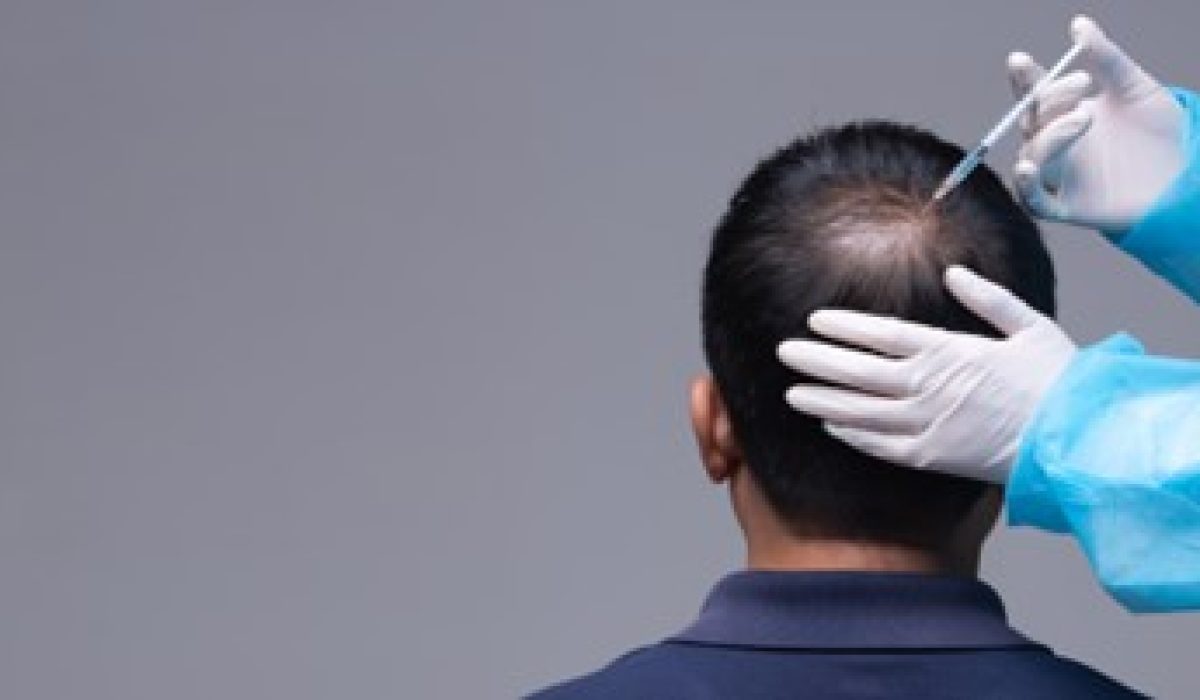Hair transplantation is a surgical procedure which involves transferring hair follicles from one part of the body, typically the back or sides of the head (where hair is denser and less prone to balding), to areas experiencing baldness or thinning. The objective is to transplant healthy hair follicles to stimulate natural hair growth in the affected regions.
Types of Hair Transplantation Techniques
- Follicular Unit Transplantation (FUT) FUT, or strip harvesting, entails removing a strip of the tissue from the donor area and dissecting it into individual hair follicles for transplantation. While this technique leaves a linear scar, it is renowned for its effectiveness.
- Follicular Unit Extraction (FUE) FUE is a minimally invasive method in which individual hair follicles are directly extracted from the donor using a punch-like instrument. This leaves tiny, nearly invisible scars, making it a preferred choice for many patients.
- Robotic Hair Transplantation Robotic-assisted hair transplantation merges the precision of robotics with the expertise of the surgeon. It automates the FUE procedure, rendering it more efficient and potentially reducing the overall surgery time.
Benefits of Hair Transplantation: Reaping the Rewards
- Permanent Solution: Unlike temporary hair loss treatments, hair transplantation offers a lifelong remedy for hair restoration, guaranteeing enduring results.
- Natural-Looking Results: The transplanted hair grows naturally, blending seamlessly with your existing hair, rendering the transplantation virtually undetectable.
- Enhanced Self-Confidence: Hair loss can adversely impact one’s self-esteem. Reclaiming your hair through transplantation can significantly elevate your self-esteem and overall quality of life.
- Low Maintenance: Transplanted hair requires no special maintenance; you can treat it like your regular hair with regular washing and styling.
The Hair Transplantation Procedure: Demystifying the Experience
- Consultation and Assessment: The journey commences with a consultation with a qualified hair transplant surgeon. They will assess your hair loss pattern, donor hair availability, and overall scalp health to determine the most suitable approach for your unique situation.
- Preparing for the Procedure: Prior to the transplant, you may need to abstain from blood-thinning medications and alcohol to reduce the risk of complications during the procedure.
- Anesthesia: Local anesthesia will be administered to make sure you remain comfortable and pain-free throughout the surgery.
- Graft Extraction: The surgeon will meticulously extract the hair follicles from the donor area, employing either FUT strip harvesting or FUE extraction.
- Graft Placement: Subsequently, the harvested hair follicles will be carefully transplanted into the recipient area by the surgeon.
- Post-Procedure Care: After the surgery, the surgeon will provide you with detailed instructions on how to care for your transplanted hair during the healing process.
Embrace the journey to a fuller mane and consult a qualified hair transplant surgeon today – take the first step towards revitalizing your hair and revitalizing your life!



